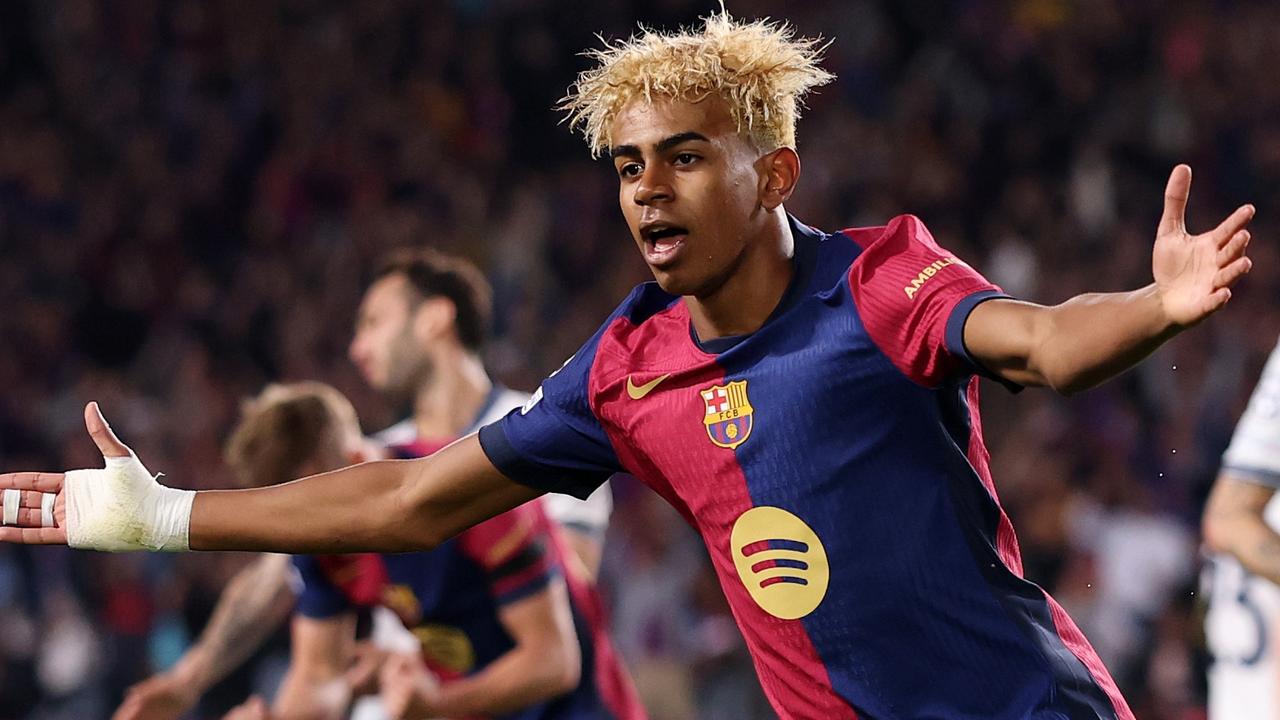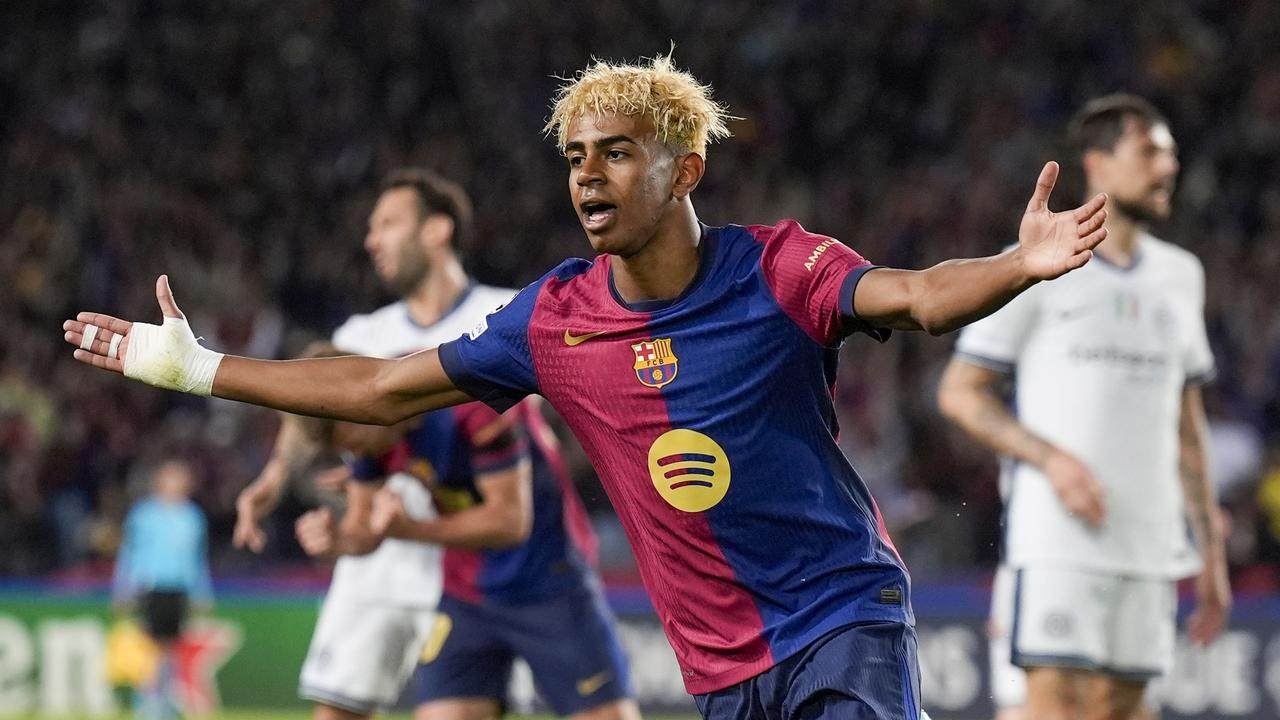’The money is gone, so are good people’: Inside the unravelling of the APL
Poor governance, crazy spending habits, handouts to clubs and a last-ditch broadcast deal - ERIN SMITH investigates what’s gone wrong at the Australian Professional Leagues.
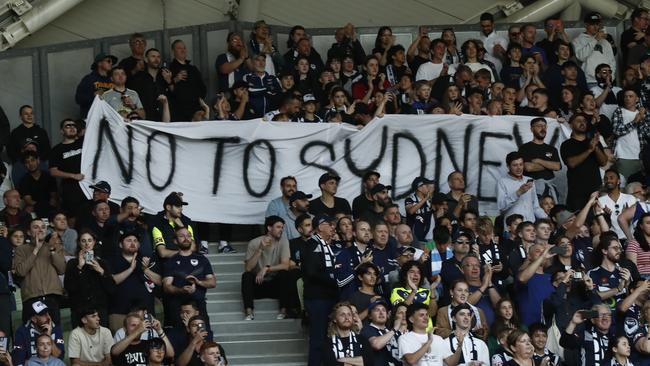
Football
Don't miss out on the headlines from Football. Followed categories will be added to My News.
Poor governance, crazy spending habits, handouts to clubs and a last-ditch broadcast deal are to blame for the Australian Professional Leagues downfall that saw the A-League owners brutally axe half of its workforce this week as questions mount as to what happened to the $140m cash injection received just two years ago.
Having promised a new revolution when the APL took over the game in 2020, including a branded theme song “Here Comes the Future”, football is once again in disarray with an insider revealing trouble was on the cards from the moment they took charge of the A-Leagues.
An investigation by this masthead has found exorbitant spending and outsourcing, axed staff facing no redundancy payouts because they were part of a recruitment spree less than 12 months ago therefore have no entitlements and a range of unfulfilled promises.
VAR FARCE
The A-League became the first domestic league in the world to introduce VAR in 2017.
Imagine the embarrassment then when on the eve of this season, the APL was so cash-strapped that it was almost forced to give up using the technology because they couldn’t afford the fee.
An insider, who spoke to this masthead on the condition of anonymity, confirmed a last-minute deal, which still cost $1.5 million, was struck on the eve of the competition kicking off.
It is just one of a number of issues that had the insider questioning the ability of the board and bosses to keep the nation’s top-flight football competition alive, despite the $140m cash injection from a private equity group just two years ago.
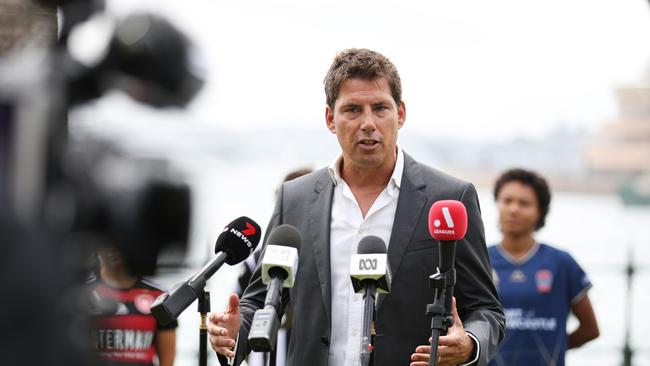
APL SILENCE
APL bosses have remained silent since the news of the massive restructure broke.
The APL released a vague three paragraph statement when news leaked out on Tuesday, with A-Leagues Commissioner Nick Garcia ending his week of mass upheaval in APL HQ by heading to Melbourne to enjoy watching the tennis while shell-shocked employees kept the game afloat back in Moore Park and waited for their delayed redundancy meetings.
This masthead sent a series of questions to the APL but they refused to provide any answers or comment.
It is understood up to 50 per cent of employees from the communications, marketing, content, product and government relations departments have been let go – due to officially finish their roles on Friday.
The majority of the content arm of the A-Leagues (KeepUp), which produced a range of award-winning content and had seen interest in the game grow to new levels, was among the casualties, which is a big blow considering it reportedly cost $30 million to establish.
Garcia, who is steering the ship after CEO Danny Townsend departed last year, hasn’t issued a statement or been willing to confront the many questions fans deserve answered.
FIRST SIGNS OF TROUBLE
The APL took over the operational reins of the A-Leagues from Football Australia at the end 2020. With each club a stakeholder in the APL – the clubs were essentially given control over the league.
From the outside the A-Leagues appeared to be stable – even if some clubs were on their knees such as Perth Glory.
But it wasn’t long until worrying signs emerged within the APL.
Like all sporting codes, they struggled through the Covid-19 Pandemic and sold a third of the company to private equity firm Silver Lake for a $140m cash boost.
Last season they sold the hosting rights of the grand final to Destination New South Wales (which proved a monumental mistake) for $12 million. To save face with fans, they converted that deal into last weekend’s Unite Round in Sydney.
But there were plenty of positive signs too – they expanded the women’s league bringing in two clubs and extended the season to 22 games – the first full home-and-away season.
A groundbreaking CBA had been signed with little fuss, unlike other codes had experienced.
Two new men’s licences, reportedly worth $25 million each, were also put up for grabs, with Auckland snatching up one and a Canberra based club likely to take the second.
Then 24 months ago they undertook a hiring frenzy, which showed no signs of slowing down in 2023.
This masthead understands nearly a quarter impacted are unlikely to receive a redundancy payout due to having worked for the company for such a short period of time.

OVERSPENDING AND OUTSOURCING
The APL touted expansion, growth, change and shiny new things before they had even picked out the pot plants for their new office.
In the lead up to their first season in charge they handed over $1 million to advertising and marketing agency RG/A to design a new logo – which raised questions over its similarity to several other companies.
This masthead understands another $2-$3 million was forked out for an “anthem”, a project which again involved RG/A, production company Entropico and music agency BRING.
The “anthem”, called Real Nice (H.C.T.F) featured aspiring artists Young Franco and Tkay Maidza. The video clip released with the song features clips of A-Leagues stars Marco Tilio and Jada Whyman.
But apart from the opening scene which features the new logo briefly, the video provides little link to the A-Leagues – unless you happened to recognise the footballers.
When announcing the project then Chief Commercial Officer Ant Hearne dubbed it a “revolutionary moment for football in Australia”.
But as the insider pointed out “the anthem wasn’t going to get masses turning up at the gate. That money needed to be invested from the bottom up in the economics of football”.
Then there was KeepUp – which the APL reportedly poured $30 million to set up and launch in November 2021.
Initially, it covered football news around the world. When it expanded to include productions such as A-Leagues All Access and Dub Zone the following year, KeepUp’s focus was solely on Australian football.
The insider said the upkeep of KeepUp wasn’t the problem. What ruined it was the millions of dollars that were handed over to outside companies to create products, including an app to house the content, and data infrastructure.
It could have been great – if the app and digital infrastructure actually worked. When it launched, it rarely functioned, frustrating fans and those working for KeepUp, requiring further investment to rectify.
“KeepUp provided the marketing content that the A-Leagues desperately needed,” the insider said.
“Instead they spent excessively on technology that didn’t work. Great people came in and actually fixed it and made it successful but in the end it was too late: now the money is gone and so too are the good people.”
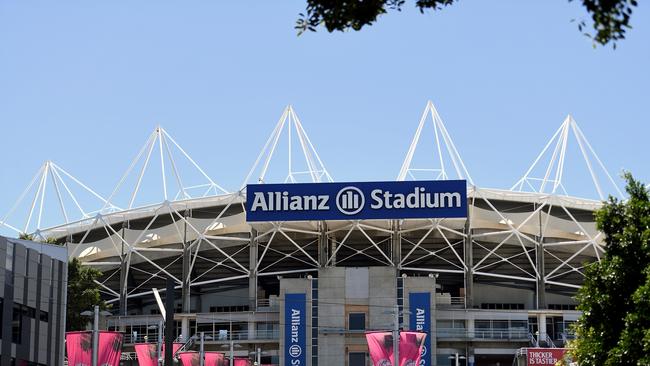
WHERE DID THE MONEY GO?
Silver Lake paid $140 million in cash in exchange for a 33 per cent stake in the company, in December 2021.
At the time the deal was brokered APL said the money would be used to expand KeepUp and made available to clubs to sign marquee players.
There was talk of building their own television studio at Allianz Stadium, but despite promises of investing in future projects no soil was ever turned on the project.
And now, just over two years later, the money’s gone.
The insider said everyone was “flabbergasted” by how quickly the huge sum of money had been chewed through – and to the extent the APL had to take the “most drastic action possible”.
Even the reported $50m licence fees coming from the introduction of two new teams next season couldn’t save jobs.
“None of us can believe the full extent of it. Too much was spent on too many different things too quickly, from the start,” the insider said.
This masthead understands a large portion of the funds went towards fixing the digital infrastructure issues, several marquee players (some of who commanded deals worth more than $1m a season) and then funnelled into sustaining Perth Glory until a new owner can be found and production costs.
THE BROADCAST DEAL
The unbundling from Football Australia put APL in control of the broadcast rights for the A-Leagues men’s and women’s competitions.
But with viewership numbers dwindling and overall interest low there was not a long line of broadcasters offering lucrative deals for the right to air the games.
APL signed a deal, reportedly worth more than $200 million, with Paramount/ 10 Network (ViaCom CBS).
The move was not loved by fans, who had to fork out $10 a month for a subscription, and until this season couldn’t pause or rewind the live feed.
Just two men’s games a week are telecast on Network 10 with the remainder available on 10Play and Paramount Plus.
There is a huge difference between the quality of coverage for the men’s and women’s games, with the latter not even afforded a halftime show and unable to use VAR due to the lack of infrastructure and camera angles.
As part of the deal APL agreed to take charge of production costs of both the men’s and women’s leagues.
With the women’s competition expanding this year it means the APL is footing the production costs for 12 games a week.
They once again outsourced this – partnering with Global Advance.
A company that launched in July 2020 and is propped up by its deal with the APL.
It was reported that it cost former broadcast rights holder Fox Sport $15 million a year in production costs for the A-Leagues – prior to the expansion.
APL have also struggled to meet the trigger clauses within the broadcast deal significantly reducing the amount of money given back to the clubs.
Club grants, once said to be more than $3m a year, have been cut in half and there are fears it could be even less as the belt tightening spreads across departments.
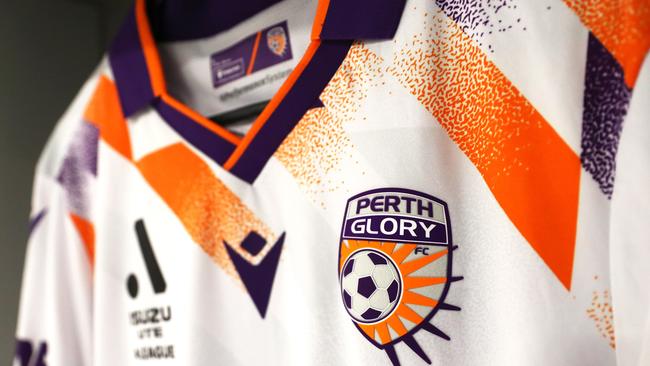
BAD LUCK
While many of the decisions that swallowed up the lifeline cash injection were the doing of the senior executives and board – some of it was just bad luck.
And the APL had little choice in the matter, such as the Covid-19 pandemic.
Then two clubs hit strife.
First it was Newcastle Jets. Previous owner Martin Lee lost his licence after failing to invest in the club or pay the bills. A consortium, made up of four A-Leagues clubs, stepped in to save the day in early 2021.
Then in July 2022 Perth Glory was placed in receivership following the exit of former owner Tony Sage.
A deal to sell the football club had been struck late last year but fell through – leaving the APL to keep it afloat at a time it was struggling with its own budget.
The future of Perth Glory was one of the questions APL refused to answer.
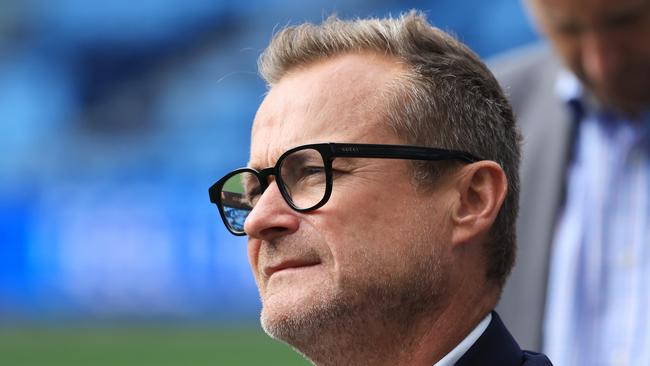
CHANGING FACES
The revolving door at executive level is another sign all has not been right for some time.
CEO Danny Townsend left his role in October last year to take up a lucrative offer in the Middle East.
Chair Paul Lederer took on his board position in December 2022. He remained on the board after his chair tenure expired in September, but left the board entirely late last year.
Chief Commercial Officer Ant Hearne joined in February 2021 only to leave in November 2023.
Townsend has yet to be replaced and the executive leadership team listed on the website now simply states “this page does not exist”. The irony is not lost on those who’ve lost their jobs.
THE AXING
The brutal redundancies came the day after the league hosted its first Unite Round.
Pulled together at the last minute, announced in October after fixtures had already been confirmed and the women’s competition kicked off, the round involved all men’s and women’s teams playing in Sydney over three days at three different stadiums.
It was an enormous task and despite the short lead in, and obvious lack of marketing spend to promote the game to get more bums on seats, the staff worked tirelessly to execute an event of reasonable success.
It was days and weeks of long hours and little rest.
So when staff were called into the office on Monday morning they had assumed it was to thank them for their continued work over the Christmas period and the extra hours put in for Unite Round.
The insider said everyone was “completely blindsided” by the announced job cuts and said the process was handled poorly.
Redundancies are common in any business – but they don’t usually follow less than a year after a massive recruitment drive.
“The most important part of this story is that good football people have been punished due to the mismanagement of the APL,” the insider said.
“The same board who approved these decisions, including Silver Lake, is largely the same group still there now, and who remain there without consequences, in charge of the future of the competition.”
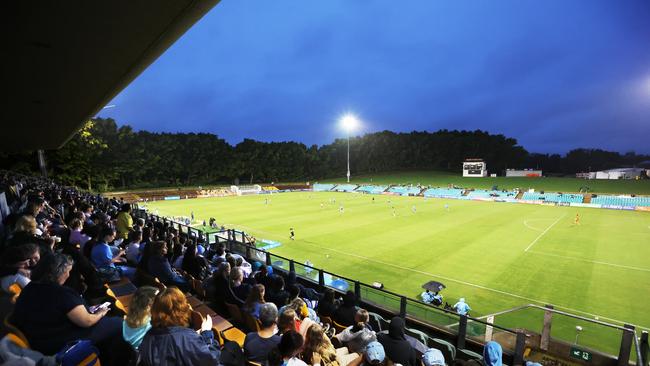
WHAT’S NEXT
The APL now faces running a competition with limited steam.
There will be no KeepUp, minimising the APL’s ability to market their product and attract new fans.
And while expansion might seem like a strange move given the current situation it could well be the only thing that keeps the league alive.
At the end of the day running the competition and having the cash to pay to produce the games are the two fundamental aspects of the company.
With A-League’s men’s licences selling for $25 million each there is no surprise the league plans to push ahead and add two new clubs to the competition next season.
The $50m injection can go a long way, but only if it’s used wisely.
More Coverage
Originally published as ’The money is gone, so are good people’: Inside the unravelling of the APL




